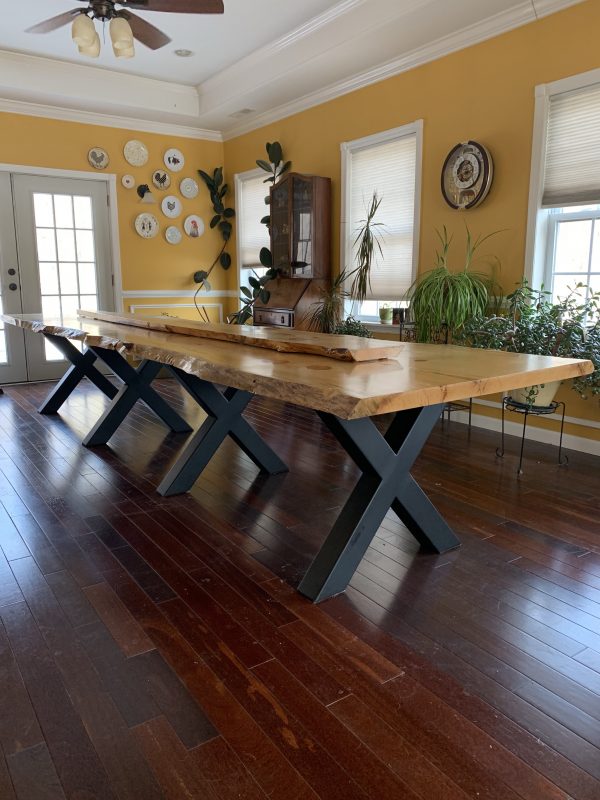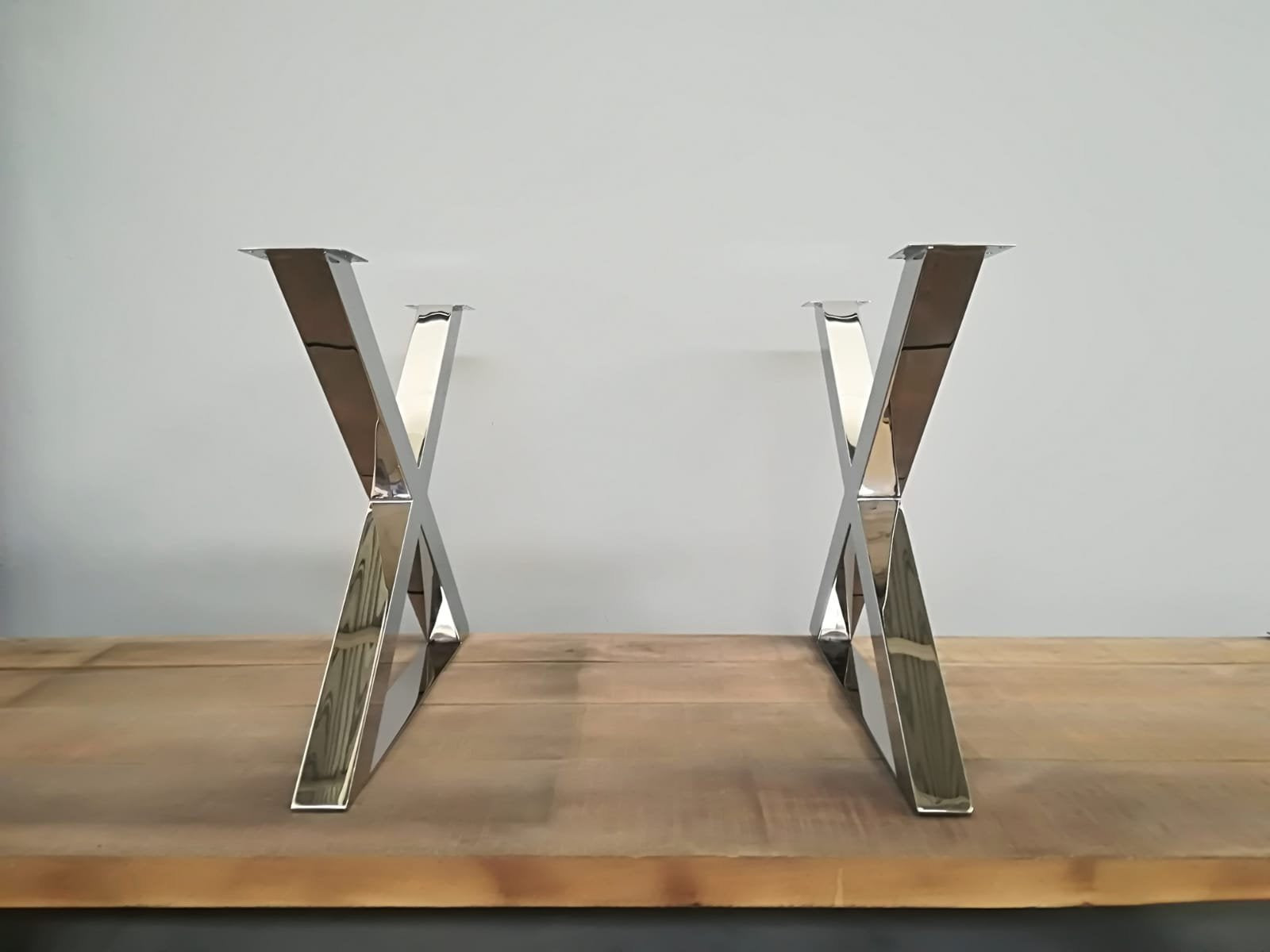Find the Ideal Dining Room Table Legs for Any Interior Design Style
Find the Ideal Dining Room Table Legs for Any Interior Design Style
Blog Article
From Standard to Modern: Discover the Perfect Dining-room Table Legs for Your Style
The option of dining-room table legs plays an essential role in defining the overall character of your space, connecting the void between standard workmanship and modern appearances. While classic designs such as cabriole and transformed legs stimulate a feeling of timeless refinement, contemporary designs like hairpin and geometric options offer a possibility for striking aesthetic rate of interest. Reviewing the appropriate equilibrium between these designs needs a nuanced understanding of your existing decoration and personal taste. As you consider these elements, the inquiry stays: how can you effortlessly incorporate these diverse leg designs to produce a harmonious dining experience?
Understanding Table Leg Styles
The selection of dining-room table leg designs can considerably influence both the appearances and capability of the room. Each leg design contributes one-of-a-kind functional attributes and visual aspects, providing to diverse design preferences and usage requirements. Understanding these styles is vital for selecting the appropriate table that straightens with your total interior layout vision.
As an example, tapered legs use a clean, traditional appearance that can boost a space's style, while stand bases provide stability and take full advantage of legroom, making them suitable for smaller sized spaces. Hairpin legs, a trademark of mid-century modern design, present a commercial flair, enabling an airy, open feeling. Trestle legs evoke rustic appeal, offering durable support and a feeling of eternity.
Wooden legs can bring warmth and structure, whereas metal alternatives often communicate a streamlined, modern ambiance. Ultimately, recognizing table leg styles is essential for developing a cohesive dining location that mirrors individual style while ensuring usefulness and convenience.
Traditional Table Leg Options
When selecting dining-room table legs, standard options frequently personify timeless sophistication and workmanship. These layouts reflect an abundant heritage and a commitment to top quality, making them optimal for those who value timeless visual appeals.
One of the most iconic typical leg styles is the cabriole leg, characterized by its graceful bent shape. This layout commonly includes ornamental carvings and is most commonly discovered in Queen Anne and Chippendale furnishings. One more prominent choice is the turned leg, which flaunts a collection of smooth, rounded shapes that give a classic look while keeping security.
In addition, the straight leg, while basic, offers a strong and unadorned framework that can mix perfectly with a range of tabletop designs. For those attracted to ornate detailing, claw-and-ball feet legs stimulate a sense of grandeur and can act as a stunning centerpiece in any dining space.
Finally, stand bases, although not strictly legs, supply an alternate typical choice that permits sufficient legroom and can be perfectly carved. Each of these traditional leg designs contributes to the general setting of an eating space, weding feature with visual allure.

Modern Table Leg Styles
Modern table leg designs supply a varied variety of styles that highlight tidy lines and innovative products. These designs often prioritize capability while acting as striking prime focus within a dining room. Minimal appearances are prevalent, with legs crafted from products such as metal, glass, and crafted wood, which contribute to a my review here airy and contemporary feeling.
One popular layout is the barrette leg, identified by its slim, conical framework that provides security without overwhelming the tabletop (dining room table legs). This style is typically found in mid-century modern furnishings and can easily complement numerous dining table forms. Another trend is making use of geometric forms, top article where legs might tackle asymmetrical or angular kinds, adding visual rate of interest and a touch of creativity

Mixing Styles for Unique Areas
Usually, house owners look for to create distinct eating areas that reflect their individual design by mixing numerous layout elements. This approach permits the incorporation of varied looks, causing a harmonious yet unique atmosphere. Combining a rustic wood table with sleek, modern metal legs can create an appealing comparison that elevates the room's general charm.
Furthermore, integrating vintage table legs with contemporary table tops can stimulate a feeling of history while preserving a modern sensibility. Such combinations not just showcase individual taste yet likewise encourage creativity, enabling homeowners to curate a space that really feels both individual and welcoming.
Shade plays an important role in this mixing procedure; picking table legs that enhance or comparison with the existing color design can enhance visual interest. Whitewashed legs can soften the daring of a dark table surface area, developing a well balanced aesthetic.
Tips for Picking the Right Legs
Choosing the right table legs is necessary for accomplishing both performance and aesthetic allure in your read here dining area. Begin by thinking about the total design of your area. Conventional settings benefit from legs that feature complex makings or turned styles, while modern spaces might call for streamlined, minimal designs.
Following, examine the height and security of the legs. dining room table legs. Conventional table vary in between 28 to 30 inches in height, so make certain the legs complement this measurement for comfort. Additionally, durable products, such as hardwood or steel, can boost stability and longevity
Assess the leg form also-- alternatives include straight, tapered, or stand styles. Straight legs offer a timeless appearance, while conical legs can add a touch of elegance. Pedestal bases supply sufficient legroom and are perfect for smaller spaces.
Final Thought
In summary, picking the perfect dining space table legs requires cautious factor to consider of both typical and modern styles. By balancing leg style, height, and product with the general design, a cohesive and inviting ambience can be attained.
The range of dining area table leg styles can significantly influence both the aesthetic appeals and functionality of the space. Ultimately, recognizing table leg styles is vital for developing a cohesive dining area that mirrors individual style while guaranteeing functionality and comfort.One of the most legendary traditional leg designs is the cabriole leg, defined by its elegant bent form. Straight legs supply a classic look, while tapered legs can include a touch of style.In summary, choosing the suitable eating space table legs calls for cautious factor to consider of both modern-day and conventional styles.
Report this page